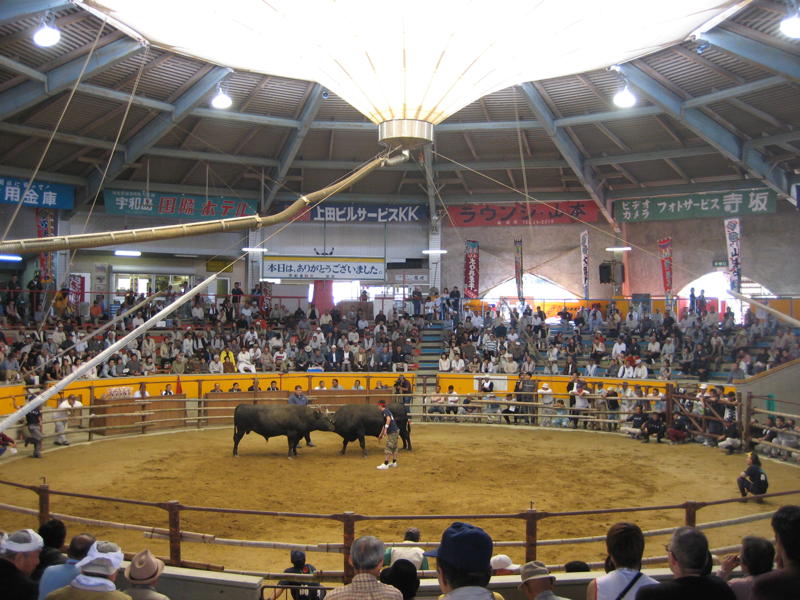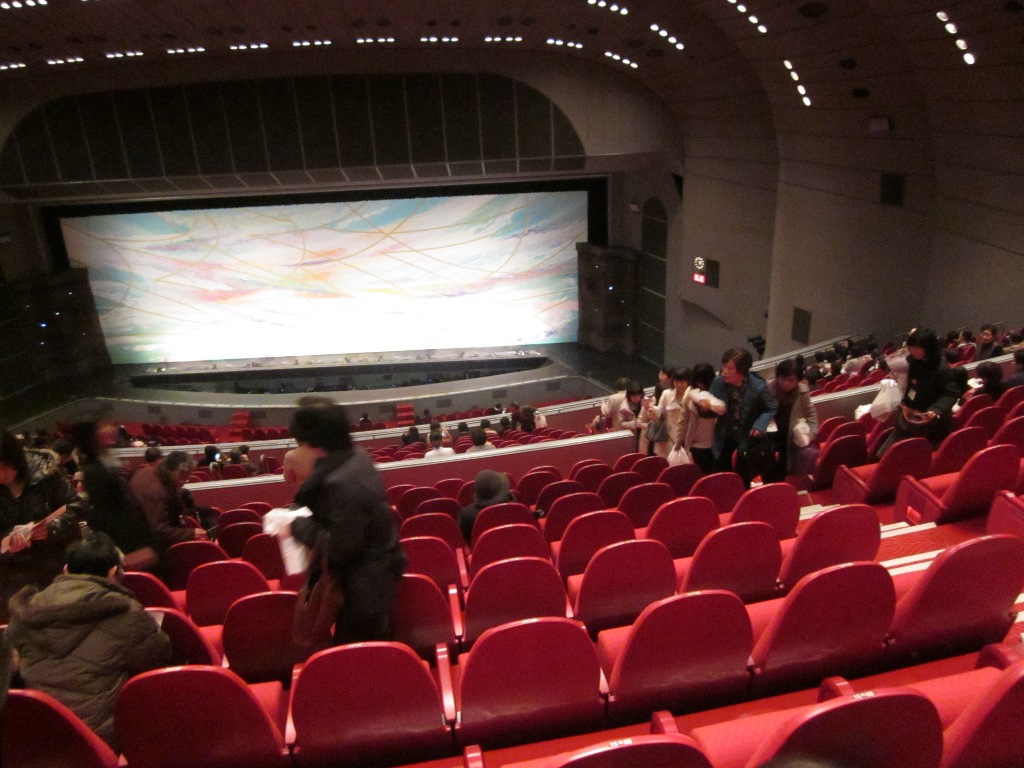Callin’ All Politicos: The Power Dilemma
With the gravity of the situation at Fukushima lessening, attention has begun to shift to larger questions surrounding the accident. What were the failures of the power company TEPCO and government oversight that lead to this incident occurring? Was the accident really preventable given the sheer scale of the tsunami? Discussion and investigation continues, but wrapped around it is the nature of the electrical power and distribution industry in general, and the idiosyncrasies of the Japanese power industry in particular.
Electricity is essential for modern human life. There are many methods of creating electricity: burning fossil fuels like coal or natural gas, using controlled nuclear reactions, or harnessing natural forces like wind, water and solar rays. Beyond the issue of generation is the problem of delivery.
Electrical distribution systems are designed like a network. At the heart of the network are power stations which generate the electricity. The interconnected nature of the system allows power to be routed in many different ways. This makes the system more redundant to assist when there are problems (with stations, transmission, etc.). Numerous factors, however, can limit how much power can be shuffled around and where.
A big problem with Japan’s power network is that it is essentially two entirely different networks inside of one country. When electricity was first introduced to Japan the standard used in Osaka was 60hz (America) while in Tokyo it was 50hz (Europe). This basic divergence continues to the present. There are a limited number of conversion points between the two networks, so not much power can be moved between them. Standardizing the network would take time and require a massive investment.
Since transferring power is not a viable option in order to overcome the shortfalls in Kanto, damaged power plants and distribution networks will have to be repaired and more fossil fuels will need to be bought and burned to make up for the difference.
The nature of power demand itself must also be considered. The amount of power you consume every day varies by the hour, season, etc. In other words there are constant variations in the loads required to meet demand. Once electricity is generated, it needs to go somewhere, so power companies want the flexibility in their generation capabilities to match output to demand.
This leads us back to the question of power generation. With the incident at Fukushima and in light of past accidents, along with the disaster prone nature of Japan, it is natural to wonder if nuclear power is really worth the risk. There is no clear answer, but the pros and cons of the different generation methods will probably lead the way there.
First, let’s consider nuclear power. When operating normally, nuclear plants release almost no carbon emissions and are particularly attractive in countries with limited natural resources for generating electricity by other means, such as Japan. A drawback is that many nuclear power stations currently in service do not have load matching capabilities. This means the power company needs to deal with excess generation when demand is low. In large interconnected networks like Europe and America the power can be sold or moved to other companies, but for Japan that is less of an option. Newer plant technologies may offer the prospect of greater load matching capabilities.
The biggest con is obviously the prospect of catastrophic failure like that witnessed at Fukushima. There is an ancillary argument to this threat. Because a catastrophic nuclear plant failure would be so devastating, a company could not hope to bear the entire liability cost on its own. In order for the plant to be built in the first place, the government will have to, at some level, provide assurance that it will help if there is a disaster. Critics argue that this artificial “liability cap†distorts the economic models of nuclear power, making it seem more attractive financially than it really is.
The most prevalent power generation technology in the world today is fossil fuel burning. These plants can be load balanced, but they obviously produce emissions which are hazardous to human health and the environment. Countries like Japan which lack these fossil fuels also pay premiums to import them and are quite vulnerable to supply fluctuations and political instability at the source (the Middle East, etc.).
With all of the health risks associated with fossil fuels and nuclear power, attention has turned to renewable energy generation methods: water, wind, and solar. Though these technologies are cleaner and more sustainable than their competitors, significant drawbacks remain. Most hydroelectricity is generated by dams, the construction of which can have negative effects on the ecosystem. Solar and wind power are obviously very sensitive to weather patterns so they are not as reliable as other methods. Wind farms can generate noise pollution. Perhaps the most pressing drawback to all renewable energy methods is that the technology is young, insufficient in certain areas, and the economics remain uncertain.
There is no one-size-fits-all solution to the human dilemma of the need for power. In Japan and abroad, the specter of Fukushima will renew the push to reconsider the wisdom of major investments in nuclear power. At the same time, political pressure and treaty obligations to cut carbon emissions will also press leaders to seek alternatives to fossil fuel burning. With few proven alternatives available many countries may have no other choice but to invest in nuclear fission.
One positive of Fukushima is that engineers will learn a great deal from the breakdown and be able to construct better safety systems as a result. Yet it remains true that no structure or system can be made 100% safe or redundant. Failure and the unexpected will occur, it is just a matter of when and to what degree. How we deal with that uncertainty is probably as critical a question as whether to build or not to build.




